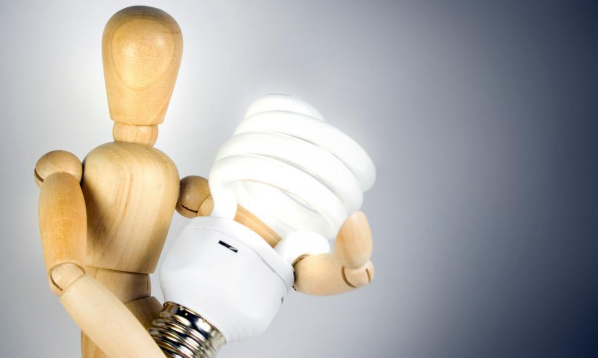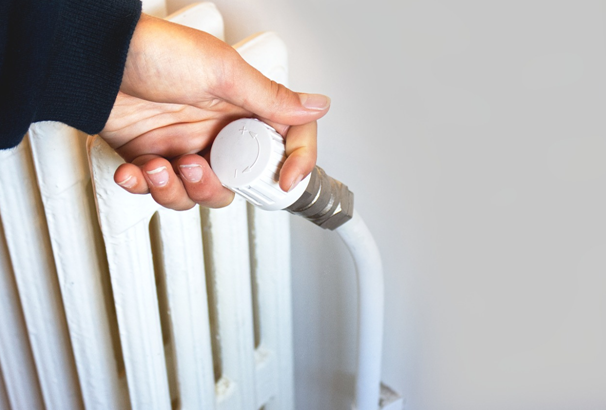Understanding how energy is used in your home is crucial for optimizing efficiency and reducing expenses. Each home is a unique ecosystem with various factors influencing energy consumption. From the choice of heating fuel to the type of windows, each element contributes differently. By gaining insights into these components, homeowners can make informed decisions to both reduce their carbon footprint and lower utility bills. This article delves into key aspects of home energy usage, exploring heating methods, water usage, and the impact of sunlight, providing a comprehensive guide to building a more energy-efficient home.
Heating Fuel Options
Heating fuel is a significant consideration for those looking to optimize their home energy usage. Many factors influence this decision, including cost, availability, and environmental impact. For instance, propane is used as the primary heating fuel in 4.9% of U.S. households. This choice can be influenced by the geographic location, as areas with limited access to natural gas might rely more on propane. Considering the efficiency of propane and its heating properties, it might be a viable option for colder regions, yet eco-conscious homeowners may seek alternatives.
The debate over the most efficient heating method is ongoing. While propane offers a high-energy output, it is not the only option available to homeowners. Alternatives such as natural gas, oil, and electric heat pumps each have their pros and cons when it comes to cost and environmental impact. Given these choices, understanding local resources and the long-term financial implications of each option is vital.
Another important factor to consider is how the choice of heating fuel affects your overall energy usage. Each method comes with different levels of energy consumption, which impact your utility bills and environmental footprint. Homeowners are encouraged to examine their energy needs and usage patterns to find the most sustainable and economical solution. Ultimately, the goal is not only to heat the home efficiently but also responsibly in terms of environmental impact.
Water Heating Optimization
Water heating is an essential yet often overlooked aspect of home energy usage. With 18% of a home’s energy consumption attributed to water heating, it ranks as the second-largest energy expense. Understanding this can lead homeowners to consider more efficient systems or behavioral changes to reduce usage. For instance, utilizing cold water for specific tasks or investing in a more efficient water heater can result in significant energy savings over time.
Homeowners can also employ various strategies to reduce energy consumption related to water heating. Installing low-flow fixtures, such as showerheads and faucets, minimizes water usage without sacrificing performance. Another effective strategy includes insulating pipes and water heaters to prevent heat loss. These actions, aimed at reducing water heating demands, contribute to lower utility costs and a smaller carbon footprint.
Another important aspect of optimizing water heating involves regular maintenance and system evaluations. Ensuring that water heaters are functioning efficiently could prevent unnecessary energy loss. Homeowners may find it beneficial to explore tankless water heaters or solar water heating systems, which can offer significant efficiency improvements. By strategically addressing water heating, homeowners can balance comfort with conservation.
Window Efficiency
The design and materials of windows significantly influence the energy efficiency of a home. During cooling seasons, a significant 76% of sunlight entering through standard double-pane windows can contribute to heat accumulation. This not only increases cooling costs but can also result in uncomfortable living conditions. Understanding the mechanics of heat gain through windows highlights the importance of using energy-efficient glass and technologies such as window films or coatings.
Many homeowners choose to invest in window treatments to manage internal temperatures. Blinds, curtains, and shades can be used strategically to block sunlight and reduce heat gain. Additionally, incorporating changes such as planting shade trees or installing exterior shading devices can further aid in reducing solar heat gain in your home. These methods are cost-effective solutions that enhance comfort while maintaining aesthetic appeal.
The choice of windows and complementary treatments should align with the overall energy strategy of the home. Energy-efficient windows can significantly impact heating and cooling costs by providing better insulation. Moreover, advances in window technology provide options, including double-glazing and low-emissivity (low-E) coatings, tailored for specific climate conditions. Making informed choices regarding windows is critical to achieving an optimal balance between energy efficiency and home comfort.
Understanding energy usage patterns and making strategic improvements can significantly impact both the environment and your utility bills. By exploring options for heating fuels, optimizing water heating, and improving window efficiency, homeowners can create a more sustainable living space. While each home is different, the principles of energy efficiency offer universal benefits. Homeowners are encouraged to assess their unique needs and circumstances. With proactive measures and informed decisions, creating an energy-efficient home is an attainable and rewarding effort.








